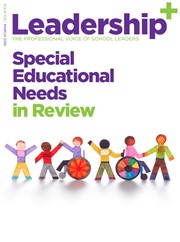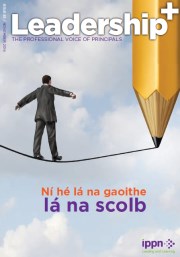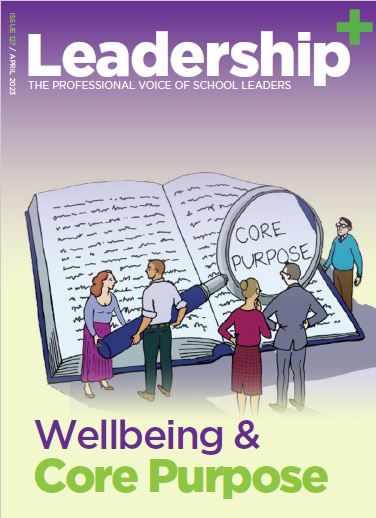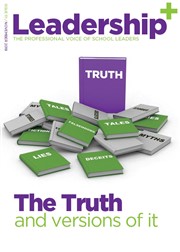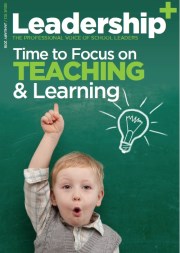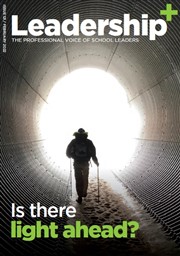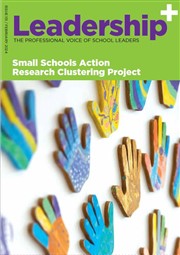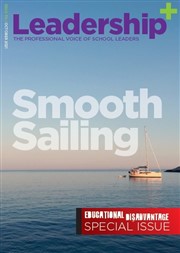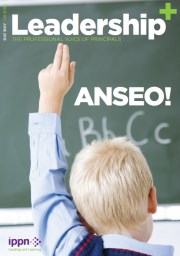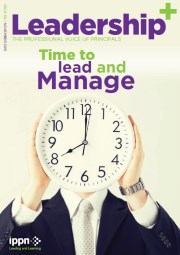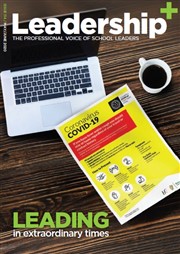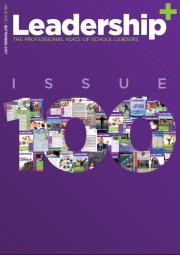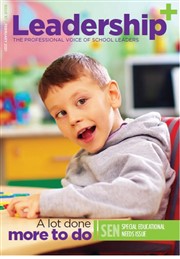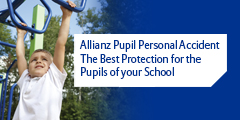E-Scéal 97: Responses to Questions put to NEWB by IPPN
- Published: 29 June 2005
Questions to the NEWB from IPPN:
1.Gentle persuasion is not enough to encourage good school attendance in all cases. Will the NEWB use the legislation to prosecute parents of persistent non-attenders for whom all other strategies have failed?
Yes. The NEWB will use the full powers available to it to ensure that children's rights to education are vindicated. The NEWB has already issued 28 School Attendance Notices and prosecution will be considered in the light of each individual circumstance.
2.Would the NEWB be willing to replace the current multiplicity of absence categories with two more useful categories as follows:
2.a.Satisfactorily explained absence
2.b.Unexplained absence
The new Reporting system outlined in Reporting Student Absences and Expulsions is designed to reduce the requirement for schools to report via letter every time a student is absent for 20+ days, expelled, suspended for a total of 6 days or more, transferred to another school. The NEWB requires the information outlined to enable Officers to prioritise chronic attendance difficulties without engaging in further extensive consultation with schools. However, Officers will not normally make direct contact with a parent without first checking with the school.
The NEWB acknowledges that schools have not been categorising absences for the earlier part of this year before the publication of the Guidelines, and that there will be a short "changeover" period. Almost 2000 Primary Schools are already using the new system.
The NEWB will keep the categories under review.
3.Would the NEWB be willing to accept a total of three returns annually, i.e. one per term in place of the present system?
The 5 Reporting periods are designed to ensure that children's absences are reported to the NEWB in a timely manner, so that officers have up-to-date information about children .If a school is using the online reporting system, it will only be necessary to provide updates on information already supplied. The Board is currently looking at reporting requirements for next year and the views of IPPN will be considered in that context.
4.What happens to returns that are submitted on paper?
Returns submitted on paper are entered onto the system by the NEWB. The data is then made available to EWO's for follow-up as required. The data is then available for the absence information to be updated by the individual school removing the need to repeat the student details, as would be necessary using the paper format.
5.If a school makes returns on paper is it necessary to repeat the same information with every return?
If a school is making a paper based return it will be necessary to repeat data already submitted and update data where additional absences have occurred. This is due to the cumulative nature of the reporting. However as stated in point 4 above if you use the website www.schoolreturn.ie once the student data is entered once on the system it only requires updating of the absence data.
6.What are the advantages of making returns on line using www.schoolreturn.ie?
The main advantages to using the website are:
a.Student data only needs entry once
b.Absence data readily available to both school and NEWB
c.Standardised format for reporting absences
d.Removes need to report every time a student reaches 20 days
e.Can notify the NEWB of concern directly
f.School can produce individual student absence reports or class / year reports.
7.What happens to returns which are submitted on paper? Is it necessary to repeat the same information with every single return?
Answered in point 4.
8.The school year ends officially on 31st August. Why then is the deadline for the end of year report not scheduled for September?
Section 21(6) of the Act requires that a school's board of management return the Annual Attendance Report, "....not later than 6 weeks after the end of (the ) school year." The NEWB's view is that the date set for return of the Report is not later than 6 weeks after the end of the school year. The Act has also enabled the Board to determine the form and content of the Report [Section 21 (7)]
The information submitted by schools will be analysed and summarised, and Report will be published in the Autumn.
The data that we collect through this Annual Attendance Report is used for
a.Planning the future needs of the service.
b.Making submissions to Government for Resources. (A major plank of our submission last year was the Annual Attendance Report data. The Government subsequently approved a 1.3 million euro increase in our budget for 2005, which will translate into extra staff later.)
c.Advising the Government on Policy on matters that affect school attendance.
d.For research purposes.
9.What is the role of the NEWB in encouraging good attendance for children less than six years of age?
The Act does not require under 6's to attend school. However, good habits start early in life, and the NEWB is committed to encouraging parents to send their young children to school regularly. This will be done through working with principals of schools, a public information campaign for parents, and the development of guidelines for School Attendance Strategies. If a principal has a concern about a particular child then the local EWO should be contacted.
10.Some families now regard missing school for up to 20 days as their entitlement and as an acceptable level of school absence. How is the NEWB going to change this perception?
The NEWB has an obligation to persuade parents that every (school) day counts in a child's life, and this is the principal thrust of the Board's Strategic Plan 2005-2007. A public information campaign will form an important part of the implementation of this plan. The NEWB cannot of course change this perception on its own - schools are a major partner in the process, working with parents and students on the ground through the implementation of the School Attendance Strategy. The NEWB recommends that each school develop its own Attendance Policy (in consultation with parents), which should be communicated to parents in a timely fashion. This should include the school's expectations re attendance, notifications of absence etc. The Guidelines on Reporting of Absences recently issued contain template letters which can be used by schools in implementing this Policy.
11.Hospital schools and Special schools have particular difficulties making returns on the forms as they are currently designed. Are there any plans to modify the forms to take account of these particular types of schools?
We have already agreed to meet with the principals of the Hospital Schools to discuss the implementation of the Guidelines, and would welcome a meeting with the Special Schools.
12.Particular difficulties arise when a chid leaves a school, as the 15-day rule (for taking the child off the roll) no longer applies. What will NEWB do about the illogicality of continuing to mark a child absent indefinitely, in the absence of any notification from the receiving school, which may be situated abroad?
The NEWB is working with the DES in finding a practical solution to this issue that enables compliance with the Act, ensures no child "falls through the cracks". We expect to be able to communicate with schools on this issue in the near future.
13.An electronic pupil database for primary school pupils could reduce considerably the administrative burden on schools in relation to attendance. Are there any plans for the development of such a database?
The DES is already working on such a database and the NEWB is actively supporting and encouraging its development.
14.Given that attendance is now under the legislative remit of NEWB, what plans are in place to modernise Roll Books, Attendance Books and Registers in line with today's requirements?
Under the Act, responsibility for school registers and attendance is shared between the DES and NEWB. We are working with the DES to bring clarity to the situation.
15.Are schools obliged to notify parents when their child has missed 20 days from school or will it suffice to send a general notification of this policy to all parents at the start of each school year?
See answer to Q 10.
If a child reaches 20 days absence the school should inform the parent that it is informing the NEWB in line with the school's attendance policy.
16.Is the NEWB supportive of the standardised Student Transfer Form devised by IPPN and NAPD? This form is used for the transfer of all relevant information between schools and provides evidence of enrolment by the receiving school.
The NEWB will examine this issue in the near future. In general, the Board is supportive of any initiative that supports children's education.
17.What plans have NEWB for areas of the country that do not have a satisfactory level of service from an EWO at present?
Having EWO's covering all areas will depend on resources. The NEWB is currently in the process of appointing Officers to counties which do not have an Educational Welfare Officer - Cavan / Monaghan, Longford, Offaly, Laois, Kildare, Mayo, Galway / Roscommon. Leitrim will be served on a partial basis by the new Senior Educational Welfare Officer based in Sligo town. In addition 2 officers will be appointed to cover long-term leave (maternity, sick leave etc).
Further deployment of staff will be decided by the Board as resources permit.
18.How will the NEWB meaningfully consult and work with IPPN in the future order to support principals in their efforts to comply with legislation and to improve school attendance?
The NEWB has regular meetings with IPPN and is committed to this arrangement on an ongoing basis.






